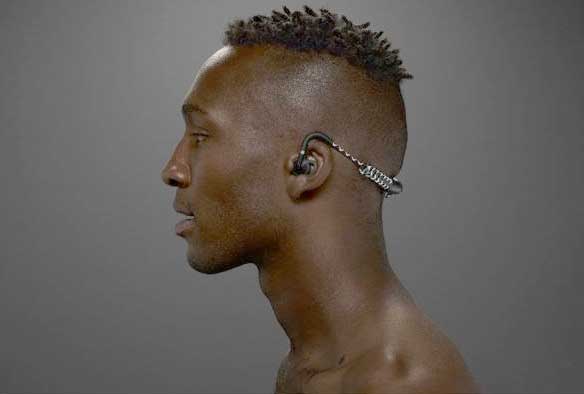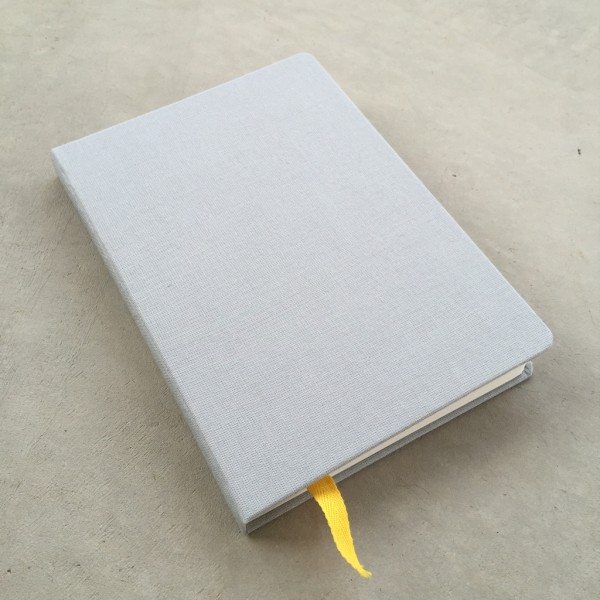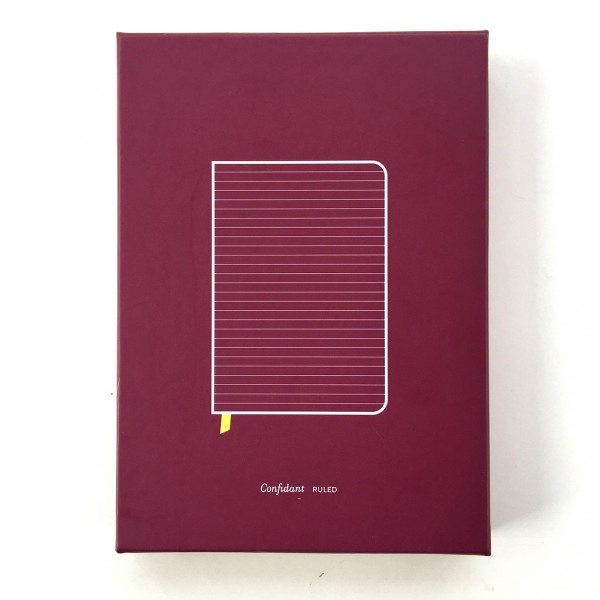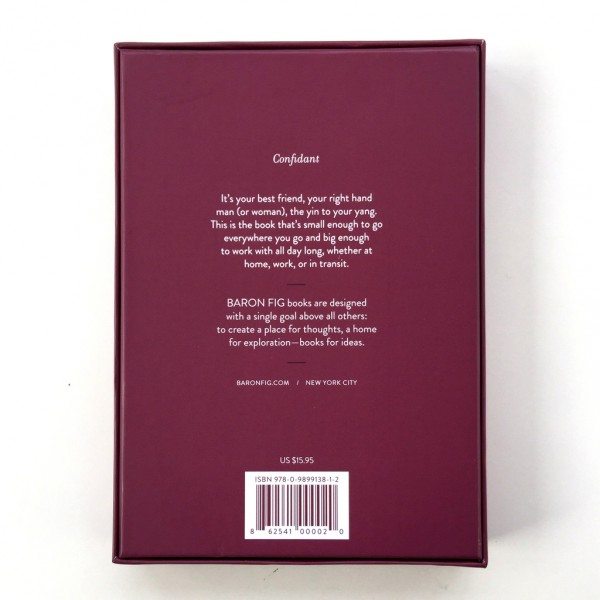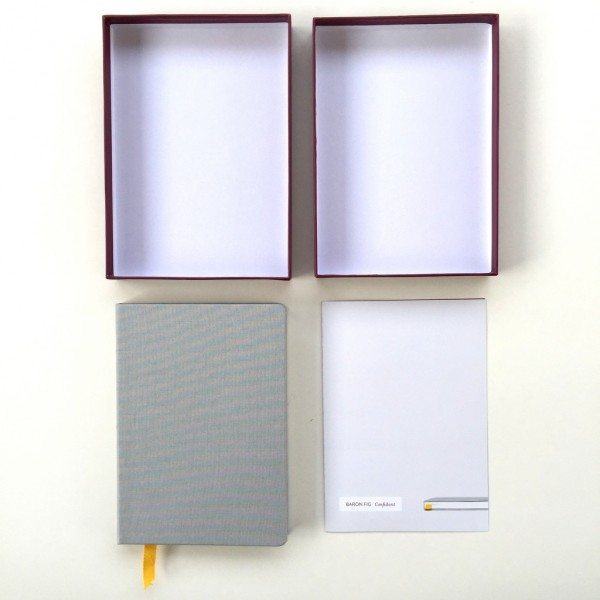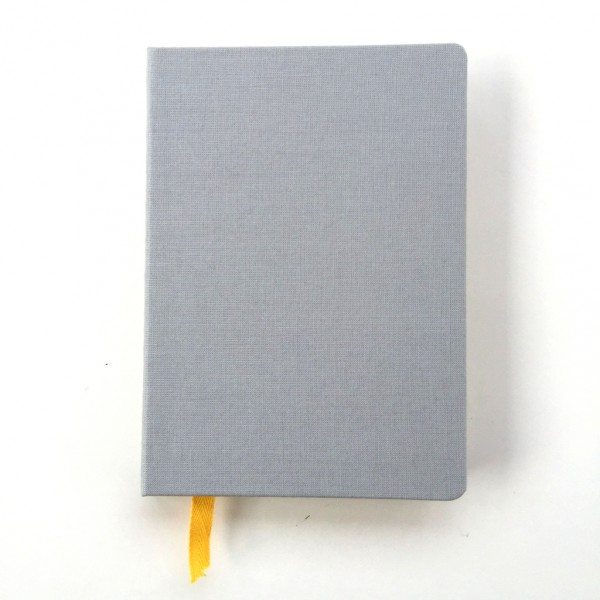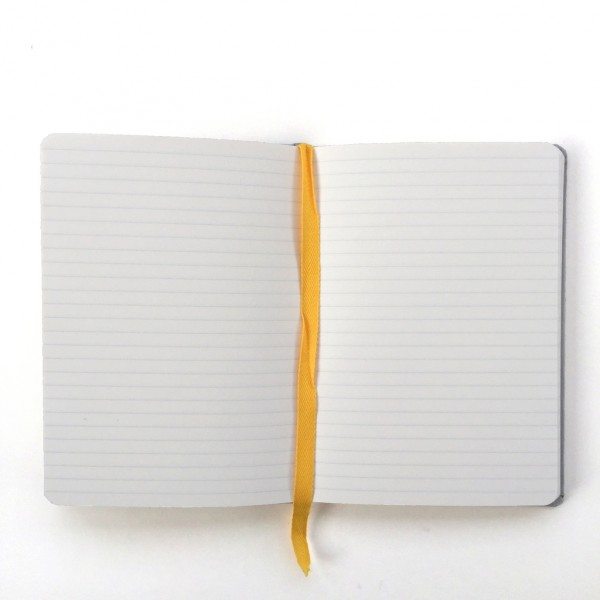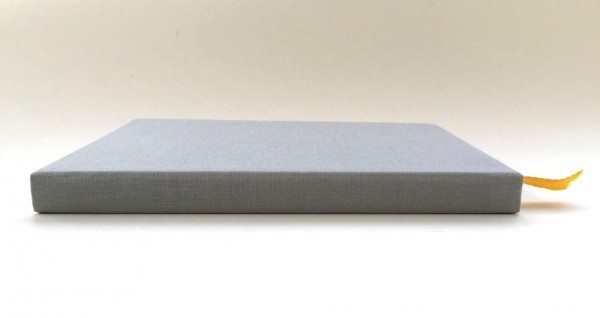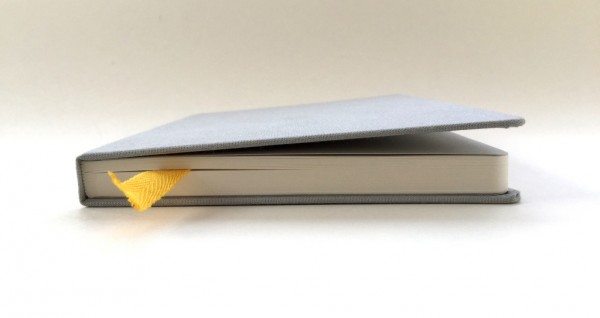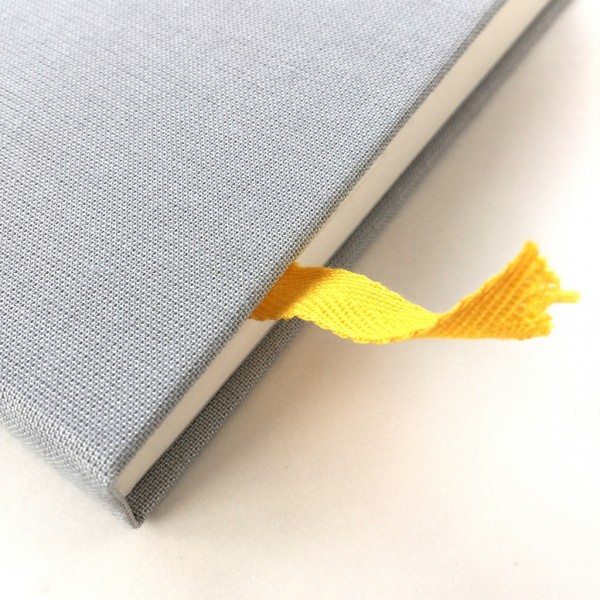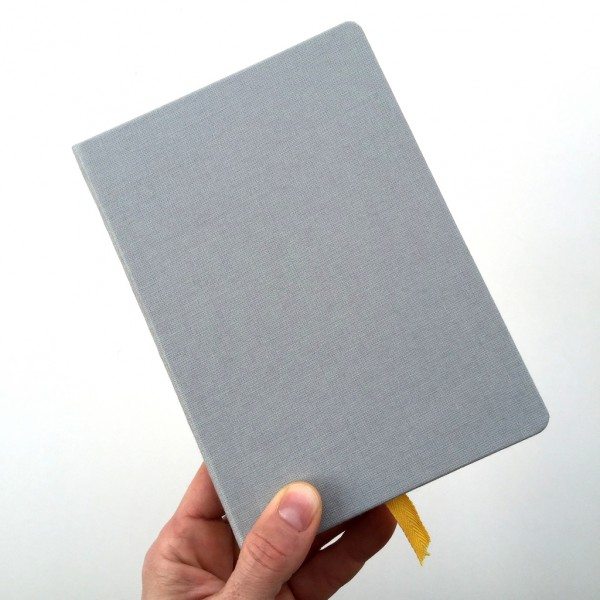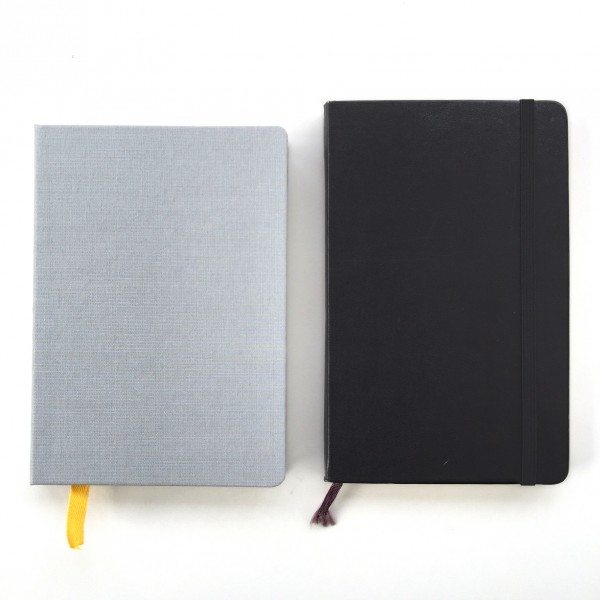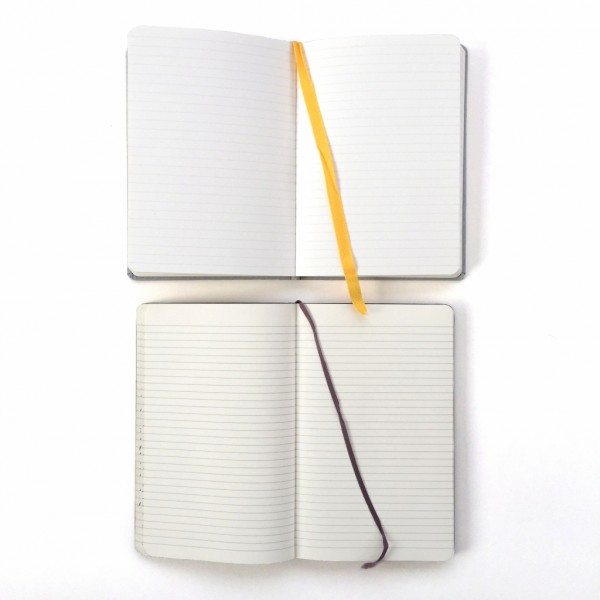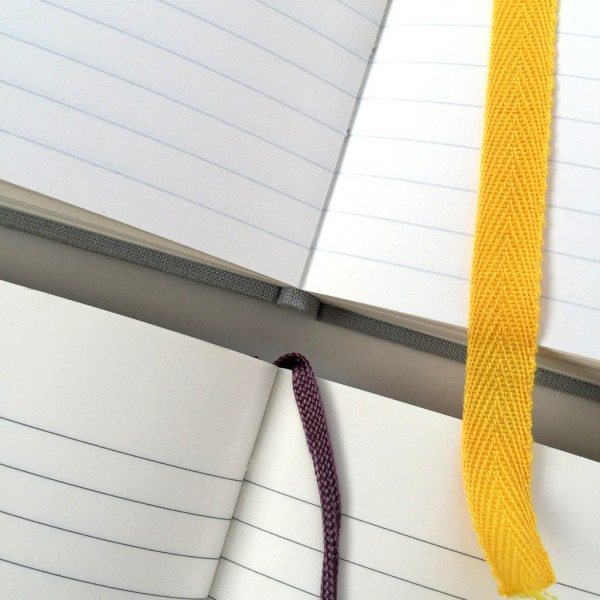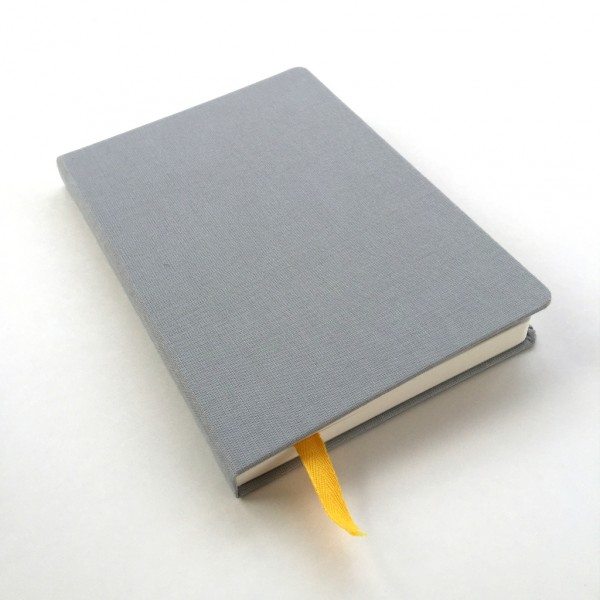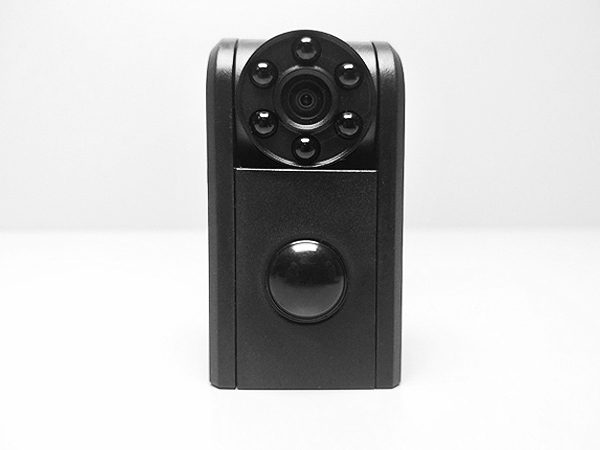
The Conbrov T11 Mini Spy Camera is a great, compact video recording device that has a number of possible uses. The Conbrov’s long battery life, adjustable camera head, and small form factor offset some minor control issues and make it a bargain solution for a range of needs.
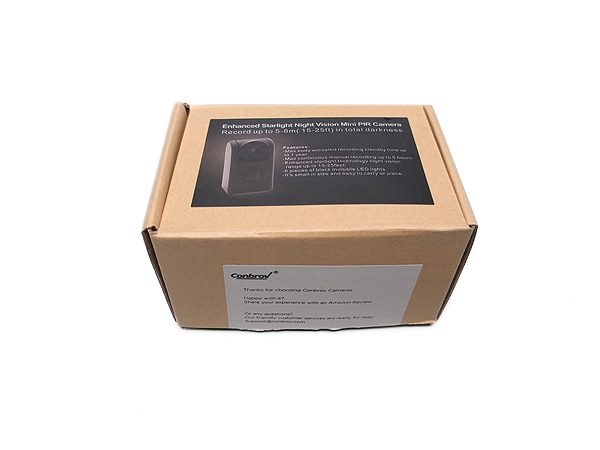
The Conbrov comes in a nondescript cardboard box. Conbrov isn’t much on packaging design, but everything you need is included.
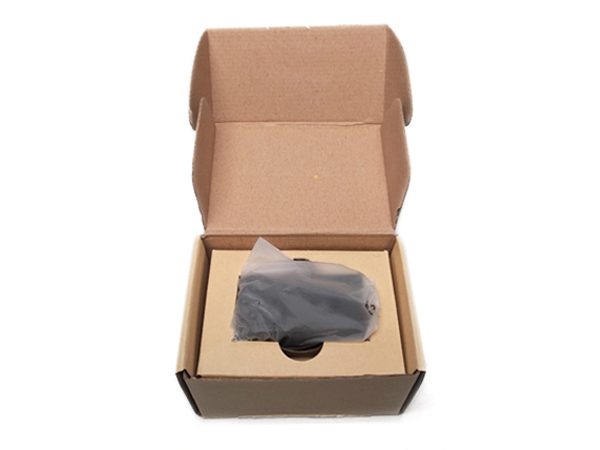 In the box:
In the box:
- Conbrov T11 Mini Spy Camera
- Micro USB to USB-A cable
- Factory reset tool
- Instruction manual
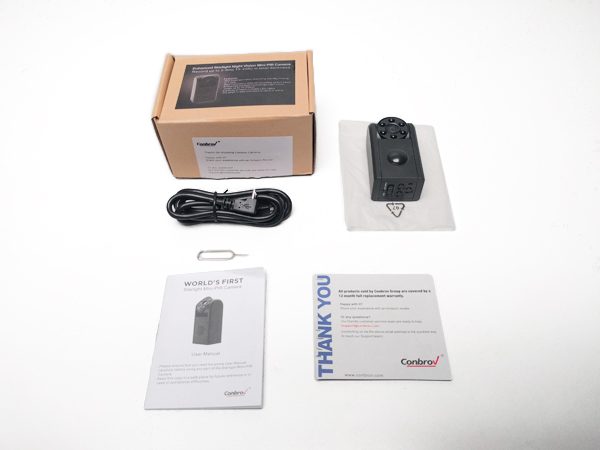
Inside of the box you will find the Conbrov T11 Camera, a Micro USB to USB-A cable, an instruction manual and a small tool used to factory reset the unit. To function properly and to save footage, the camera requires a Micro SD card up to 32gb, which is not included with the camera.
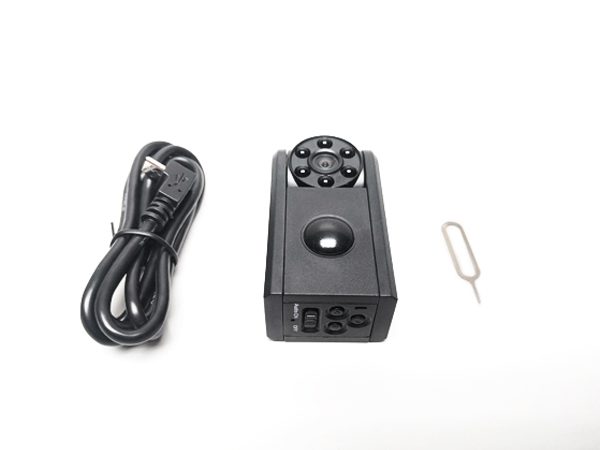
The camera itself has a very simple design. A black plastic textured housing holds the electronics and non-replaceable battery. The adjustable camera head has a lens at its center and is surrounded by six black LED lights for night vision use. The small raised dome at the center of the Conbrov is a passive infrared sensor (PIR) which allows the camera to detect motion by measuring infrared light radiating from objects in the camera’s field of view.
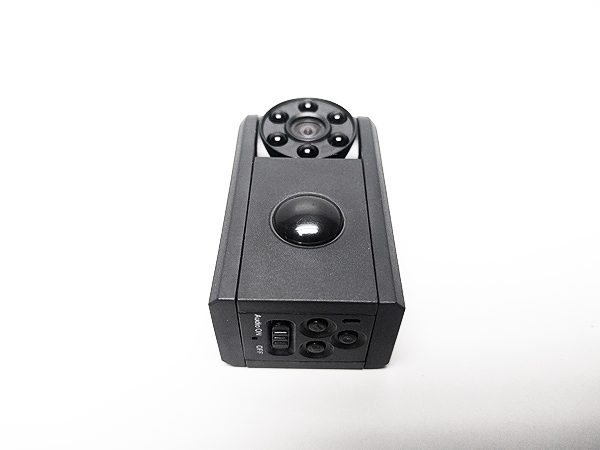
On the bottom of the camera there are three control buttons, an audio switch, a factory reset hole and a tiny multi-colored LED. The three buttons are for power, recording and to activate the motion detection mode. The switch enables or disables audio recording. There is also a tiny LED status light next to the power button. The LED turns blue when powered on, yellow when charging and red when in motion detection mode. The light is small and very difficult to see, which sometimes makes it hard to know which mode the camera is in.
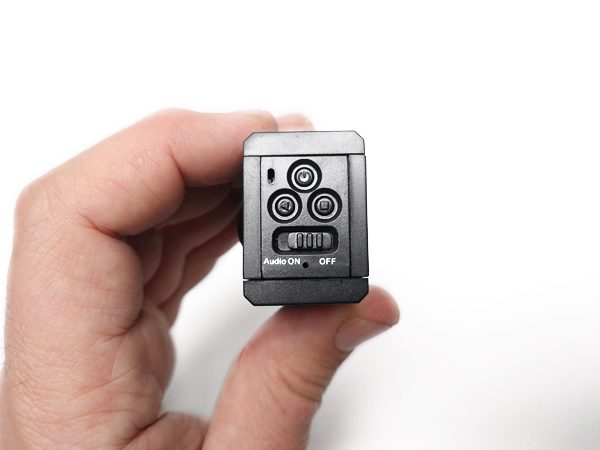
There is a small Micro SD card port on the back of the camera along with a Micro USB port.
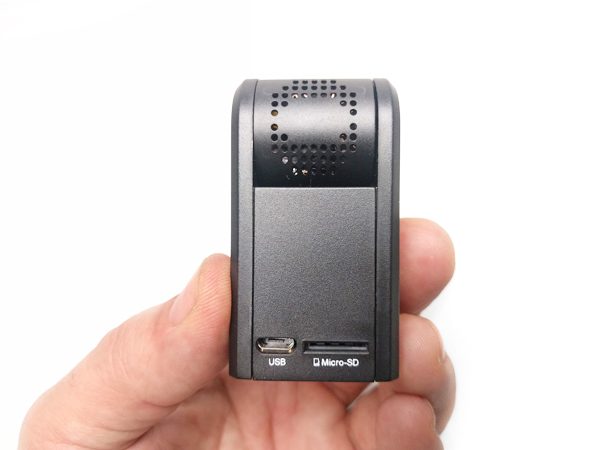
The camera’s lens has 120° angle allowing for great coverage of an area. The PIR sensor has a 60° detection angle and is effective to a range of about 15-20 feet. The camera head itself is adjustable and can flip completely over 180° to face the rear of the camera.
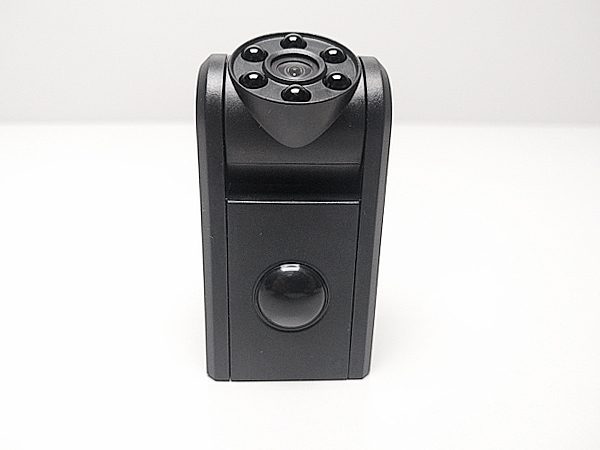 This adjustability comes in handy when placing the camera in stealthy locations. Although, because of the raised PIR sensor on the front and the Micro SD card on the back, you can never really lay the Conbrov completely flat on the length of its body. You can, however, adjust the camera head up slightly to compensate. Also, the PIR sensor only works properly if it is facing in the same direction as the camera lens.
This adjustability comes in handy when placing the camera in stealthy locations. Although, because of the raised PIR sensor on the front and the Micro SD card on the back, you can never really lay the Conbrov completely flat on the length of its body. You can, however, adjust the camera head up slightly to compensate. Also, the PIR sensor only works properly if it is facing in the same direction as the camera lens.
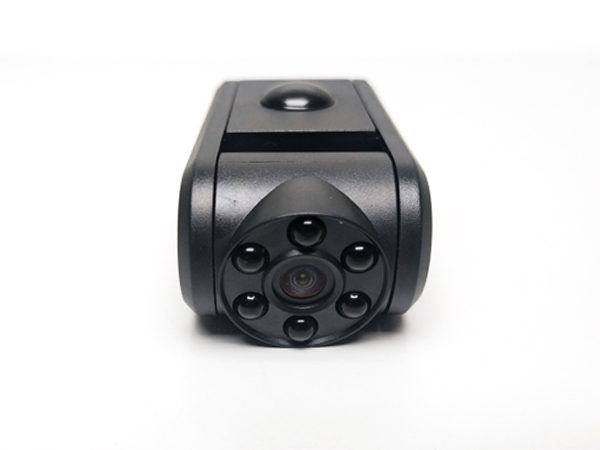
The camera can be set to record in two different modes; constant recording or motion detection. Activating the different modes was a bit hit or miss for me though. I would have to hit the buttons several times before getting the correct color LED to show up or to power the unit off.
Both recording modes work when powered solely by the battery or when connected to a 2A USB power source. In my tests, when recording continuously on battery power the camera recorded a little less than four hours of footage, which is right in line with the manufacturer’s claims. When connected to a power source and set to continuous record, the camera can capture footage indefinitely in ten minute long blocks. When recording in motion detection mode, the camera records in one minute long blocks. When the Micro SD card fills up, the camera overwrites the oldest files and starts again.
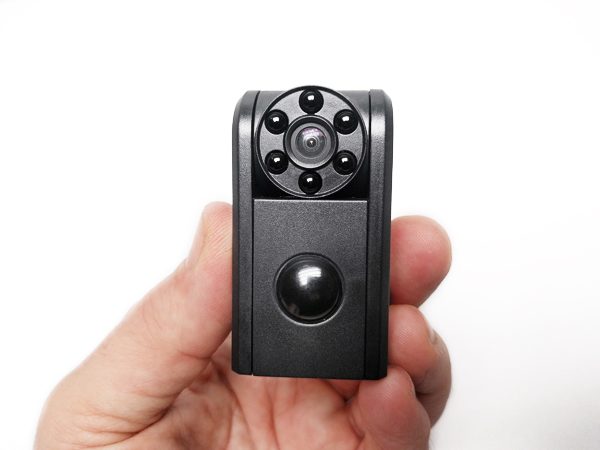
You can retrieve and view your recorded videos by connecting the camera to your PC or Mac via the USB cable and mounting the camera as an external hard drive. Alternatively, you can remove the Micro SD card and use a card reader. All of the recorded videos are time-stamped and are labeled numerically on the Micro SD card.
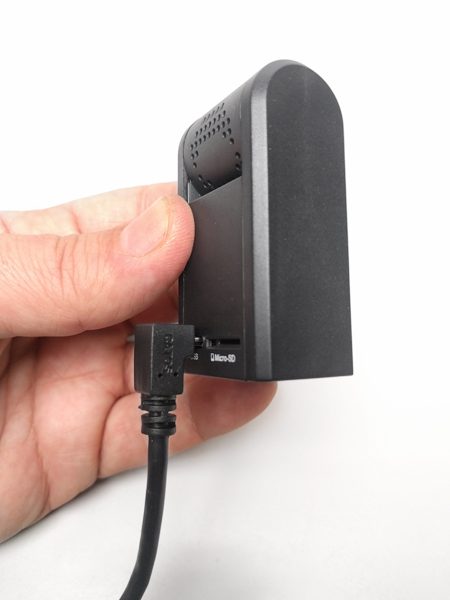
One problem I ran into was that the L-shaped Micro USB head on the cable that is included with the camera makes it impossible to place the camera in its default standing position while recording and connected to a power source unless it’s placed precariously on a thin ledge. Luckily, the Conbrov works with any Micro USB cable. I tested several other cables of different lengths and manufacturers and they all worked fine.
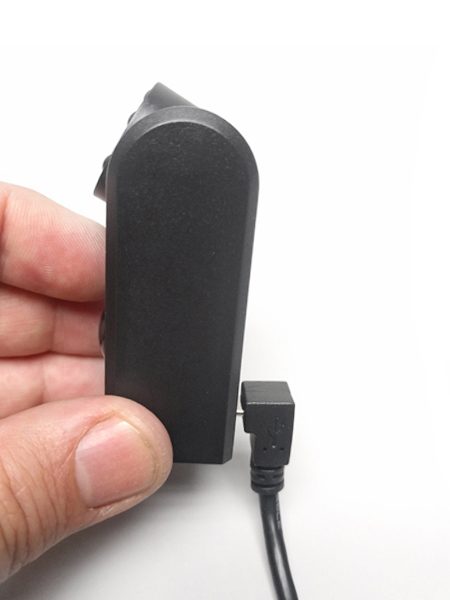
Conbrov included a small reset tool with the camera. You can factory reset the camera by inserting the tool into a small hole on the back and pressing the internal reset button. You’ll have to reconfigure the time and date settings after doing this.
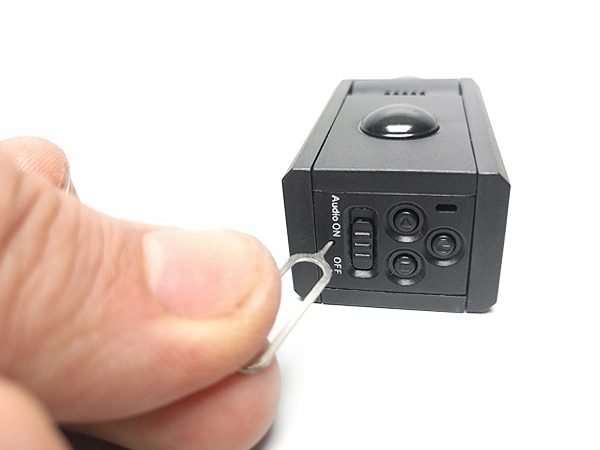
Footage from the camera is of decent quality. But, even in well-lit areas the footage is grainy and either blown out or completely black in high contrast areas. The night vision seems to activate too early in low-light situations and works well, but in complete darkness, the camera is reliant on the six small LEDs for illumination. Because of this, visual range in complete darkness is limited to only about 3-5 feet in my tests.
Stills from Camera Capture
One other issue I had with the camera is that the motion detection activation is quite slow, often activating the camera several seconds after motion is detected. This is indicated in the manual and might not be an issue for some, but the recording will never include the initial motion event.
Conbrov states that the camera has a maximum of one-year battery standby when fully charged. I haven’t had enough time with the Conbrov to prove this statement, but I used the camera off and on for about two weeks, keeping it in my bag between uses and it was always powered and ready to use. A battery level indicator would be great. Currently, the only power level indication is the camera’s small LED changing to yellow when charging and off when fully charged.
The Conbrov T11 Mini Spy Camera is a fun little device. I found uses for it as a body cam, a dash cam, and even an action cam. Of course, it can also be used as intended as a security or nanny cam. The price and functionality of the camera make it a great buy.
Specifications:
- Size: 4.3 x 3.1 x 2.1 inches
- Weight: 9.6 ounces
- Battery: LiPo
- PIR detection angle: 60 degrees
- PIR detection distance: 5-10 meters
- Camera angle: 120 degrees
- Max day time recording time: 4 hours
- Max night vision continuously recording time: 1.5 hours
- Full-Charging time: 3.5 hours
- Camera Resolution: 720P
- Camera FPS: 30FPS
- Max SD storage: 32GB
Source: The sample for this review was provided by Conbrov. Please visit their website or Amazon to order.
Product Information
| Price: | $64.99 |
| Manufacturer: | Conbrov |
| Retailer: | Amazon |
| Requirements: |
|
| Pros: |
|
| Cons: |
|
Filed in categories: Reviews
Tagged: Spy camera
Conbrov T11 Mini Spy Camera Review originally appeared on on May 2, 2017 at 8:30 am.
Note: If you are subscribed to this feed through FeedBurner, please switch to our native feed URL http://the-gadgeteer.com/feed/ in order to ensure continuous delivery.

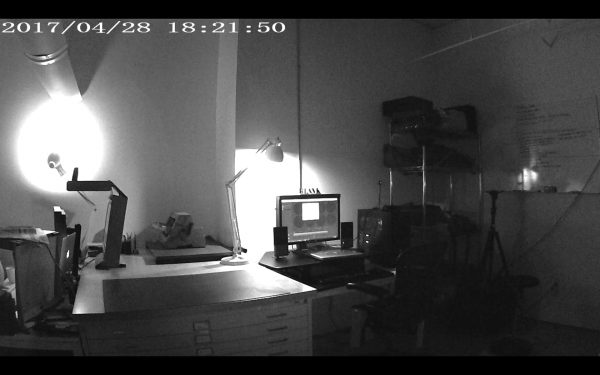
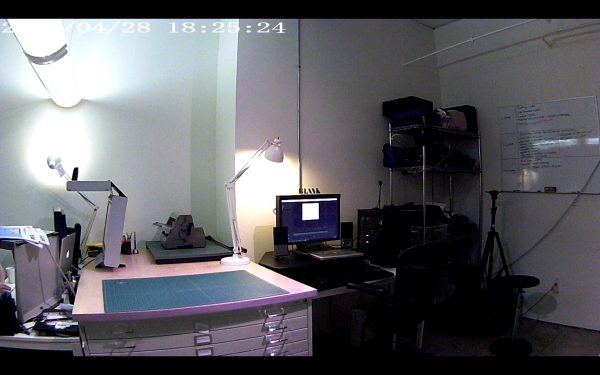
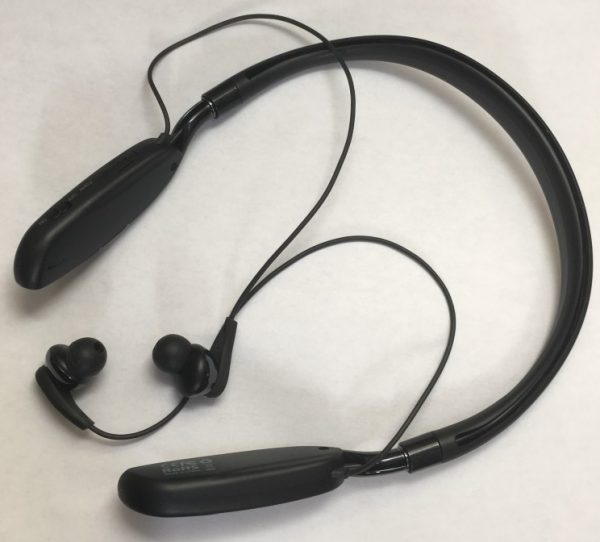

 . Aukey is confident enough in their quality that they offer a two-year warranty that I find refreshing.
. Aukey is confident enough in their quality that they offer a two-year warranty that I find refreshing.



